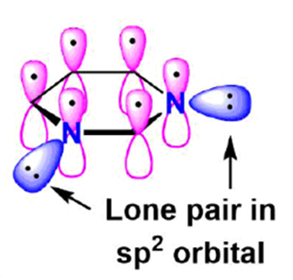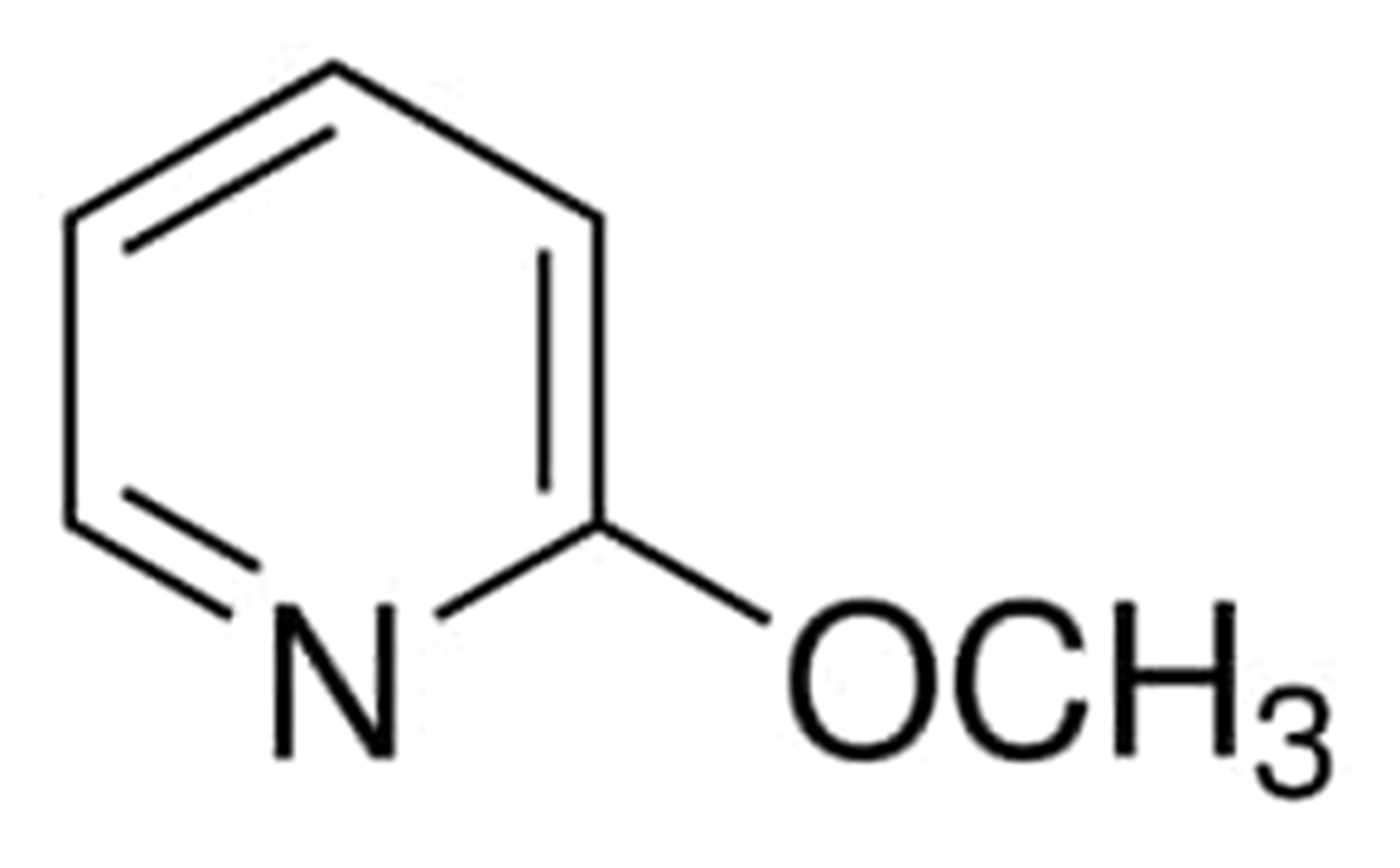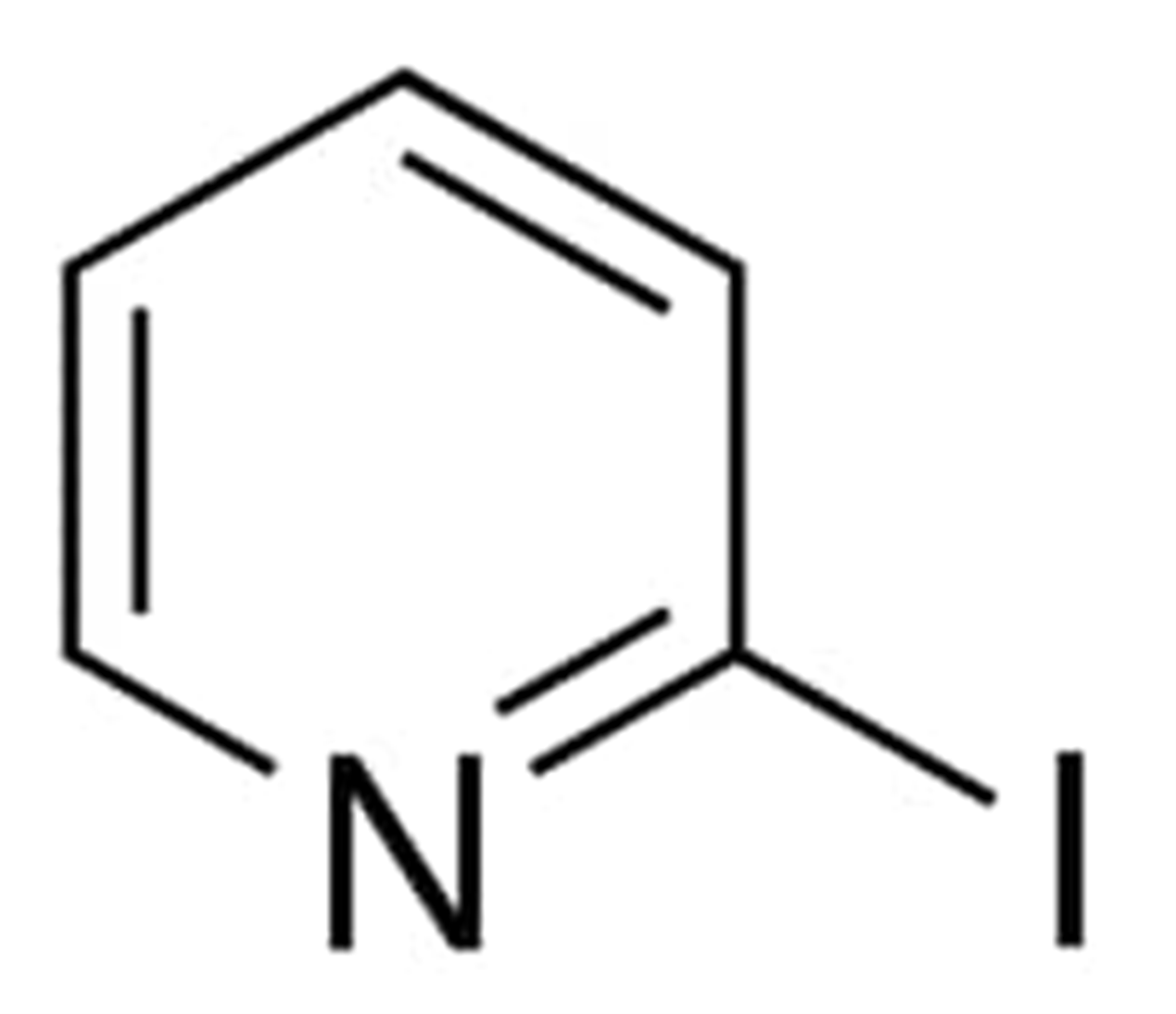Aromatic Heterocycles & Derivatives Available For Purchase
At Chempanda, we offer a range of aromatic heterocycles and derivative chemical compounds that can be shipped to anywhere across the globe. We offer over 36100 different compounds that are available in varying purities and quantities.
Our Aromatic Heterocyclic Chemical Suppliers
We have partnered with a range of chemical manufacturers who specialize exclusively in synthesizing aromatic heterocyclic compounds and their derivatives. With years of industry experience, our suppliers offer the most common aromatic heterocyclic compounds, or can custom manufacture aromatic heterocyclic compounds that you cannot purchase from most chemical suppliers.
With all orders, you can order the exact amount of chemical that you need - with no minimum order - in a cost and time effective manner that other suppliers cannot match.
Aromatic Heterocycles Physical Properties & Structure
Aromatic heterocycles are unsaturated organic ring compounds in which one or more of the carbons in the chain have been replaced, typically by an oxygen, nitrogen or sulfur atom. Although most heterocyclic compounds are 6-membered rings, aromatic heterocycles can have rings containing a minimum of 3 atoms - such as ethylene oxide or ethylenimine for example.
This type of compound accounts for one of the largest classification of organic molecules due to the variation of atom combinations that are possible. For example, another classification of chemical compounds we sell - pyridine - classes as an aromatic heterocycle in its own right.
Aromatic Heterocyclic Derivatives
The number of aromatic heterocyclic derivatives is vast. 3-membered aromatic heterocycles are found as oxiranes (epoxides), 5-membered rings can exist as furans or pyrroles and 6-membered rings as pyrazine or pyrimidine.
In addition to single heterocyclic rings, aromatic heterocycles can exist as two rings fused together, which can have differing ring sizes, including compounds such as purine or benzothiophene.
The Reactivity of Aromatic Heterocycles
Generalizing the reactivity of aromatic heterocycles is impossible due to the vast number of different molecules that exist, but this also means that types of reactions that aromatic heterocycles can undergo are also large. To understand the general reactivity of aromatic heterocycles, it is a good start to consider the number of heterocyclic rings in the compound, the size of these heterocyclic ring(s) and elements other than carbon that exist in the ring.
Applications of Aromatic Heterocycles & their Derivatives
Just like the reactivity of aromatic heterocycles, the applications of these class of compounds are wide ranging, due to the range of chemical properties that they exhibit.
Heterocyclic compounds are used in many different applications, such as pharmaceuticals, biomolecules, agrochemicals and veterinary medicine, to name a few.
In pharmaceuticals, aromatic heterocycles are the building blocks for larger complex molecules that are used to create medicines such as antibiotics, whereas industrial applications involve using heterocycles to make corrosion inhibitors and dyes for example.
Related Article(s)
Aromatic Heterocycles: Introduction, classification and applicationsJul 20, 2022

An aromatic heterocycle is a type of cyclic compound that has more than just carbon in it. Most heterocyclic molecules have carbon and other elements like nitrogen, oxygen, or sulphur in their structure.
Methoxypyridine: Common isomers, synthesis, applications and adverse reactionsJun 18, 2022

Methoxypyridine is a light yellow liquid having a fermented green tea like odor. Its chemical formula is C6H7NO with a molecular weight 109.13 g/mol. It can be used as a catalyst to speed up many reactions.
Iodopyridine: Common isomorphs, synthesis, side effects and applicationsJun 14, 2022

Iodopyridine is one of the halogenated heterocyclic derivatives with a molecular formula C5H4IN and the molecular weight of 205.00g/mol. It is used a vehicle in the synthesis of other organic compounds in synthetic chemistry.
Cyanopyridine: Common isomorphs, applications, side effects and safety Jun 10, 2022

Cyanopyridine is an off-white solid with a smell similar to almonds. Its chemical formula is C6H4N2 with a molecular mass of 104.11g/mol. It is used in agrochemical industry and in pharmaceutical industry.
Bromopyridine: Common isomorphs, synthesis, applications and storageJun 4, 2022

Bromopyridine is an organic compound with the formula BrC5H4N, molar mass 158.00 g/mol with a boiling point192°C to 194°C. It is a colorless liquid that is used as an intermediate in organic synthesis.